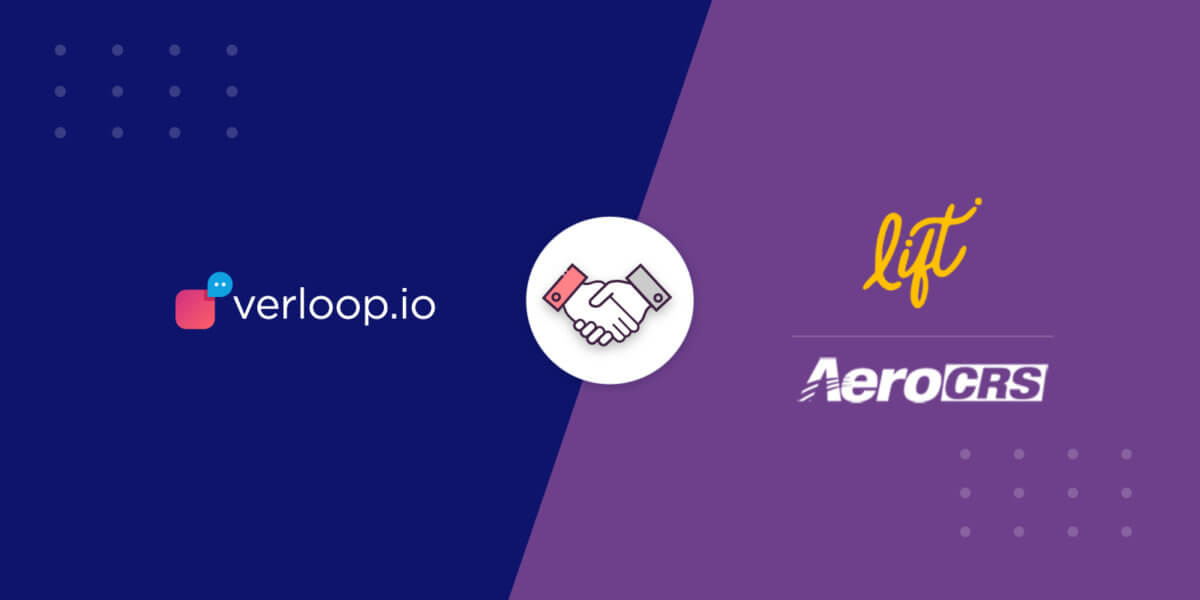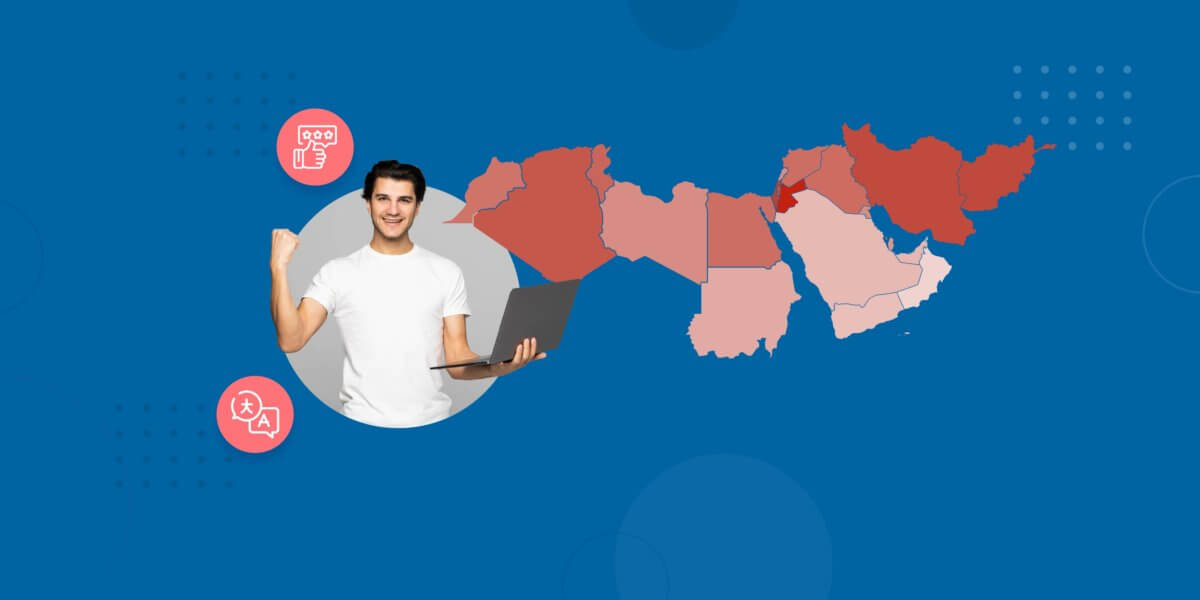The Perfect Recipe To Create Best WhatsApp Message Templates
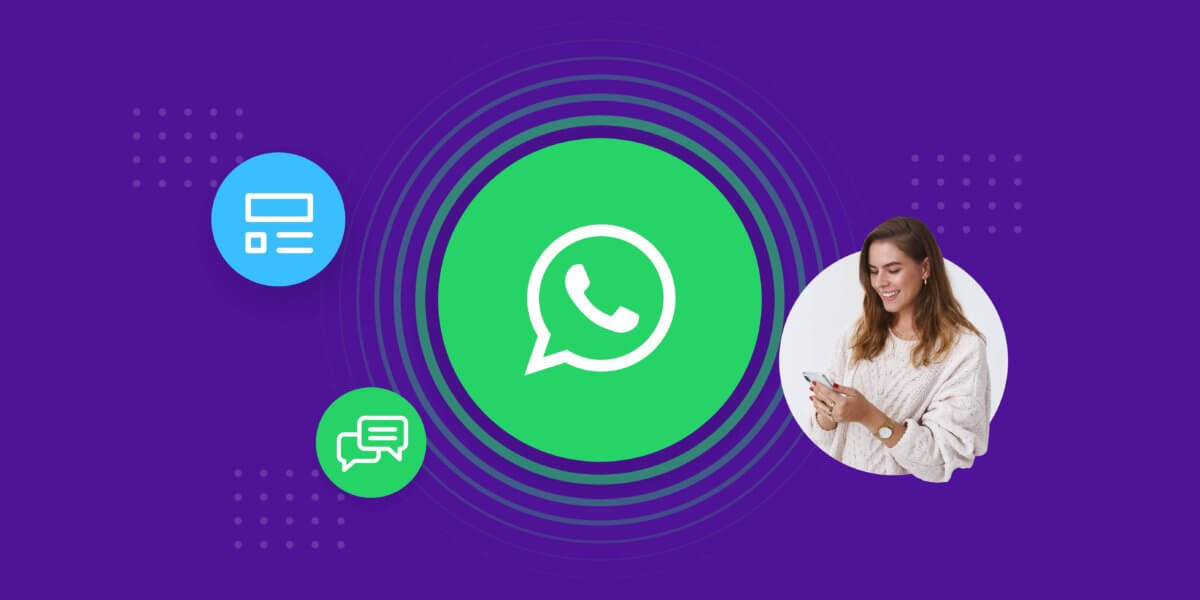
The Perfect Recipe To Create Best WhatsApp Message Templates
Draft effective WhatsApp Message Templates that get approved in one go with this all-in-one guide.
WhatsApp is very particular about the kind of experience you, as a business, deliver to your users. From ensuring users only receive the information they consented to receive to monitoring what you send to them, WhatsApp requires businesses to comply with its policies. One of them is creating message templates that get swiftly approved by WhatsApp. In this blog, we lay all you need to keep in mind while creating WhatsApp message templates for your business.
What are WhatsApp message templates?
Message templates on WhatsApp are message formats that businesses can use to send messages to their users once approved. You can send these templates to users once they have explicitly opted-in to receive communication from your business.
Before using templates to communicate with users, you must submit them to WhatsApp for approval. The app reviews each template and approves or rejects it within a 48-hour window. The approval process ensures businesses do not spam their customers with promotional content. (WhatsApp does allow SOME promotional templates, we will discuss them later in the blog)
You can use it to communicate information to customers or prospective customers after WhatsApp approves it. You can use these message templates to initiate a conversation, leading to higher engagement, and more business for a company.
WhatsApp templates use placeholder values in their original versions, which can be replaced with dynamic content. The placeholders are denoted inside double curly braces ({{…}}).
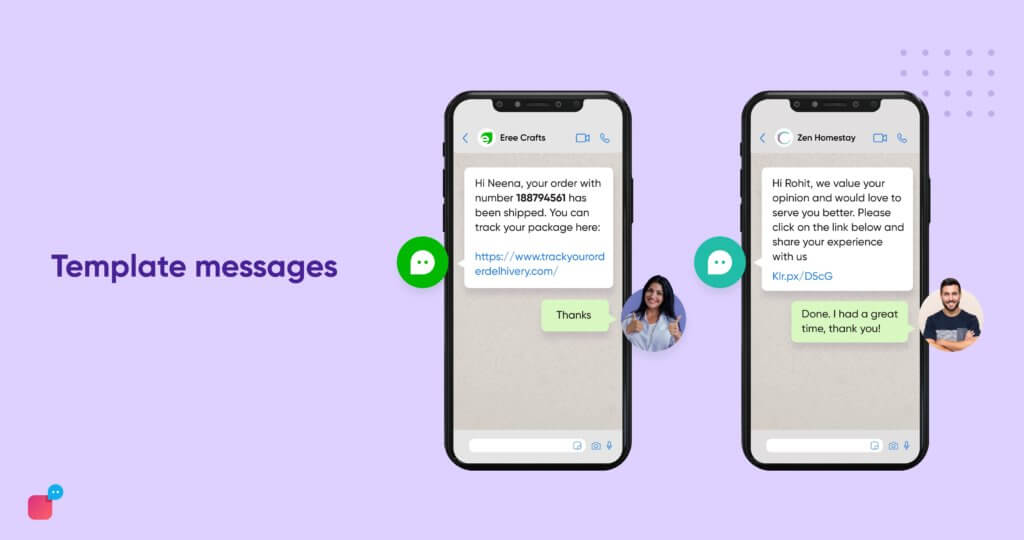
You can use WhatsApp message templates also known as highly structured messages (HSMs) to standardise business communication for instances like:
- Appointment reminders
- Query resolutions
- Payment updates
- Shipping and delivery information
- Pending offers, and so on.
WhatsApp charges businesses for sending template messages. Earlier WhatsApp charged businesses based on the number of messages/notifications sent to users. But from February 1, 2022, WhatsApp switched from notification-based pricing to a conversation-based pricing model. The new pricing is subject to certain factors.
Here’s all you need to know about the new WhatsApp Business Pricing.
WhatsApp message and notification categories
You can automate various categories of messages using templates. Broadly, these notification categories can be classified as follows.
- Account Update: Provide valuable information about user accounts and any updates or changes related to them.
- Alert Update: Send alerts about important news or policy changes.
- Appointment Update: Remind, confirm, or update users about any upcoming appointments, or send follow-up information about previous appointments.
- Auto-Reply: Send auto-replies when your business is offline or unable to respond.
- Issue Resolution: Reply to queries, concerns, and complaints from your customers.
- Payment Update: Send updates about confirmed, pending, or failed payments.
- Personal Finance Update: Send credit, debit, and current balance updates.
- Booking Update: Send updates about booking information, like tickets, reservations, hotels, etc.
How to create message templates and submit them for approval
WhatsApp defines message kinds in two ways.
- WhatsApp session messages or chat messages are sent and received after a user initiates a conversation with a business. The session lasts for 24 hours from the first response business gives to the user. WhatsApp does not charge a fee for subsequent messages if a customer responds within 24 hours of your first message.
- WhatsApp templates are used when the business initiates the conversation and have to be pre-approved with the app. As mentioned above, template messages are chargeable.
Template messages have to be approved by WhatsApp before you can send them to your customers. However, after your template is approved, you cannot edit it. While waiting for approval, you can still send session messages. To make changes, you have to submit a new template.
Follow the below steps to create a new WhatsApp message template:
- Open WhatsApp Manager from Business Manager.
- In the left navigation menu, click Message Templates. (In case of multiple WABAs, choose your required account from the drop-down menu)
- Click Create Message Template.
- Type a name for your template in lowercase letters, numbers and underscores only, and select a Template Category from the dropdown.
- Select the language.
- Fill in the Message Content section by adding an optional header, message body, optional footer, and optional Call-to-action buttons.
- Click Submit Request to submit the template for approval.
You can view the status of your submitted templates in the Message Templates screen. After approval, you can create an audience to forward the message to. Note that if your template message contains a URL, make sure the link has a working landing page that leads to your business. Invalid URLs are rejected by WhatsApp.
How to remove WhatsApp message templates
We know that WhatsApp does not allow you to edit a template message after it has been approved. If you wish to edit a template, you must delete it first and create a new one. You must know that once a template is deleted, you can not use the same template name to create a new one for 30 days post-deletion.
To delete a message template from your profile, follow these steps.
- Open WhatsApp Manager in Business Manager.
- Click the Message templates tab.
- To delete the message template, select the “trash” icon.
- Click Submit to delete the template permanently.
If you have used the deleted template to send a message that is currently undelivered, WhatsApp will attempt to deliver it for the next 30 days. This is the grace period WhatsApp provides for approved templates used to send messages that are currently undelivered. However, if the message is sent 30 days post deletion, the recipient will not get the message and the business will receive a “Structure Unavailable” error receipt.
Ideal WhatsApp template examples
Some acceptable WhatsApp message template examples can be the following.
- Dear {{name}}. Welcome to TravelWorld. Your account registration is successful. For details, please call <phone number> or email us at <email address>. You can also visit our website to download your confirmation documents.
- Hello {{name}}. Your payment for Order Number {{number}} is pending. Click on this link to finish your payment and confirm your order.
- Hi {{name}}. Thank you for your order {{number}} placed on {{date}}. Your order is being processed. We will inform you once it is shipped. For any queries or updates, please reply to this message saying TRACK.
Template message approval criteria
A WhatsApp Business message template is approved if it fits certain criteria. Basically, the message must be clear, concise, and valuable to the user. It should not be promotional or merely marketing-related.
As a principle, WhatsApp rejects message templates that have the following:
- Adult content
- More than four consecutive spaces in the template
- Animal health products and sales
- Gambling, alcohol, or tobacco
- Drugs and drug paraphernalia-related content or products
- Subscription messages like new blog posts, newsletters, etc.
- Product related to defence, weapons, explosives, and so on
Tips for writing approved message templates
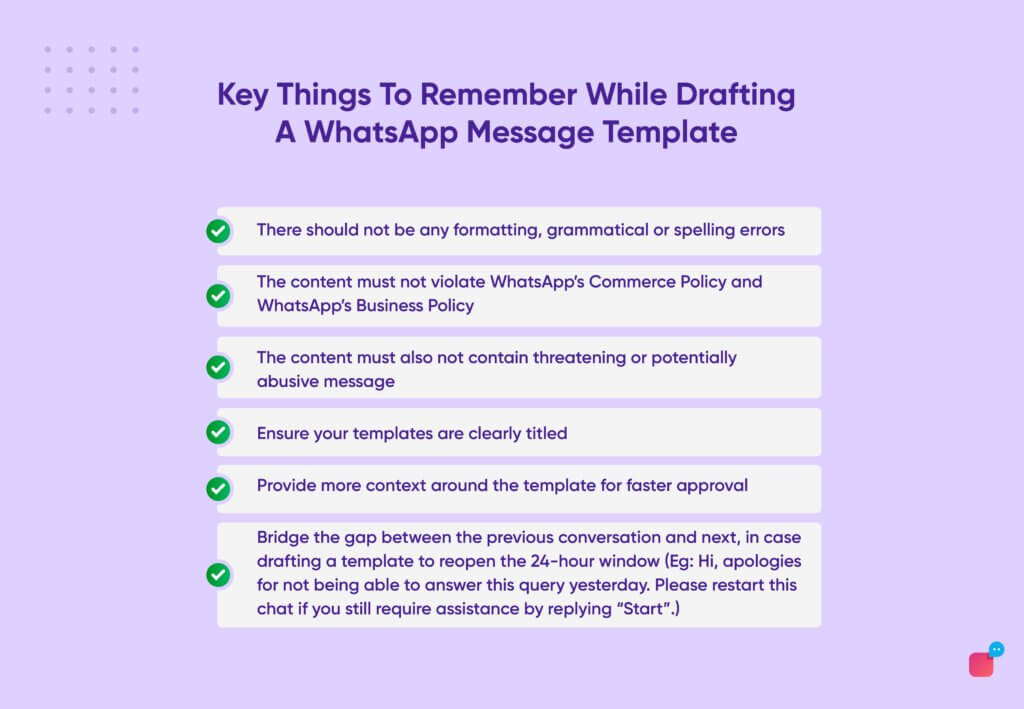
These WhatsApp template message guidelines will increase your chances of getting a message template approved.
- Your templates must be concise and have a clear purpose. The lack of a purpose will make it seem like spam, which WhatsApp will definitely reject. Hence, be clear about the kind of information you want to include.
- Use the correct format, like double curly braces. WhatsApp rejects all incorrect formatsIncorrect formats are rejected by the app immediately.
- Choose the correct category and language, and add all relevant details. Don’t miss writing your template name in alphanumeric characters and underscores only.
- WhatsApp API templates must not have any grammatical or spelling errors. So, proofread your content thoroughly before submitting it for approval.
- If you are writing a follow-up template, make sure you include clear references to the previous context so that your user is not confused.
- Get your template peer-reviewed or checked before submitting it for better chances of approval.
- Use the word “feedback” instead of “survey” as WhatsApp does not take kindly to you sending surveys to customers.
- Ensure all messages are on-brand and aligned to the topic specified.
- Try to keep all templates transactional, like order confirmation, shipping updates, etc.
- Although you can now send some promotional content, you must regulate these kinds of content to avoid being tagged as spam.
- Specify the media type if your message template has media like images, PDFs, GIFs, videos, etc.
If in spite of following all these norms, your WhatsApp message template design is rejected, you can revise it and resubmit for approval.
How to revise rejected message templates
When WhatsApp rejects your business template, it generally provides a rejection reason code. Viewing that will help you understand what was objectionable in your content and how it can be revised to get approval.
You can submit a revised template at any time, in place of the rejected template. Some reasons for rejection may be:
- TAG_CONTENT_MISMATCH: This means that your template category or selected language does not match the template content. To fix this, you can select a more relevant category or modify your content to make it more contextual.
- INVALID_FORMAT: If your format elements, like placeholders and variables, are added incorrectly, WhatsApp will reject your template. Make sure you are using the right format and design in your content.
If your template is still not approved after fixing these issues, you can try providing more details in the content. In case of extended rejections, you can also raise a support ticket, explain your issue to WhatsApp, and request them to reconsider the template.
All your most frequently asked questions about WhatsApp Business are here!
Examples of rejected message templates
In certain instances, WhatsApp will most likely reject your message template. Look at these examples to know more.
- Hello {{name}}. I am {{name}} from <company>. I would like to offer you some promotional discounts for a limited period on our app. To get your exclusive products and services, you can click this link and answer a few questions. Don’t worry, we will not share your data with anyone. (This template is ambiguous. “Some discounts” “exclusive products and services” and “few questions” are vague promotional statements that WhatsApp condemns using.)
- Hi {{name}}. Would you like to activate your subscription to our app? You can do this quickly and easily with a few steps here. Access your subscription at {{link}} and enjoy all benefits with a single tap. Contact us to know more.
- Hello, {{name}}. I am <name> from <company>. I have been trying to reach you via email for a few days to discuss an exclusive deal. Please allow me to speak to you for a few minutes to explain the details.
Get 30 free WhatsApp Business Templates to download and ready-to-use here!
Non-transactional WhatsApp template messages
As of September 2021, WhatsApp has allowed businesses to send marketing and promotional content through WhatsApp templated messages, subject to certain restrictions and best practices.
- Just like transactional templated messages, your users must explicitly opt-in to receive promotional content.
- You still can’t broadcast promotional notifications.
- The template content should be personalised, add value to the user, and include a clear CTA.
How an acceptable personalised promotional template would look like
B: Hi Maya. Happiest returns of the day! Party with a flat 20% discount on this season’s freshest arrivals today: hampershoes.com/birthday
[can we show an example of promotional template? It can be in the form of a creative]
Understand that your message templates will still remain under strict scrutiny by WhatsApp so as to ensure they don’t violate WhatsApp Business and Commerce Policies.
WhatsApp template quality
In its pursuit of rendering nothing but the best chat experiences, WhatsApp remains vigilant about the quality of communication you are sending.
It regularly monitors and defines your template’s rating based on the way your users respond to the communication you send via templated messages. The monitoring occurs in a single rolling window of 24 hours. WhatsApp rates the quality of your templates in 3 categories:
- High (Green)
- Medium (Yellow)
- Low (Red)
Once the rating falls to red, WhatsApp flags the relevant template and moves it to the “Flagged” status. The template is unavailable for us for 7 days. If the quality of the template improves and moves to yellow or green within that time, WhatsApp moves it up to Medium/High category – the template will be usable again.
However, if it fails to do so within the stipulated 7 days, WhatsApp will permanently disable the template for further use.
Conclusion
WhatsApp message templates are a boon for businesses to reach customers at a convenient platform. With the help of WhatsApp chatbot and conversational AI, it is now easier than ever to connect with consumers at scale, solve their issues instantly, and provide relevant updates without taxing the customer support representatives.
Verloop.io is an official WhatsApp Business Solution Provider with a powerful tech stack that lets you truly experience the capabilities and more of WhatsApp Business API.







